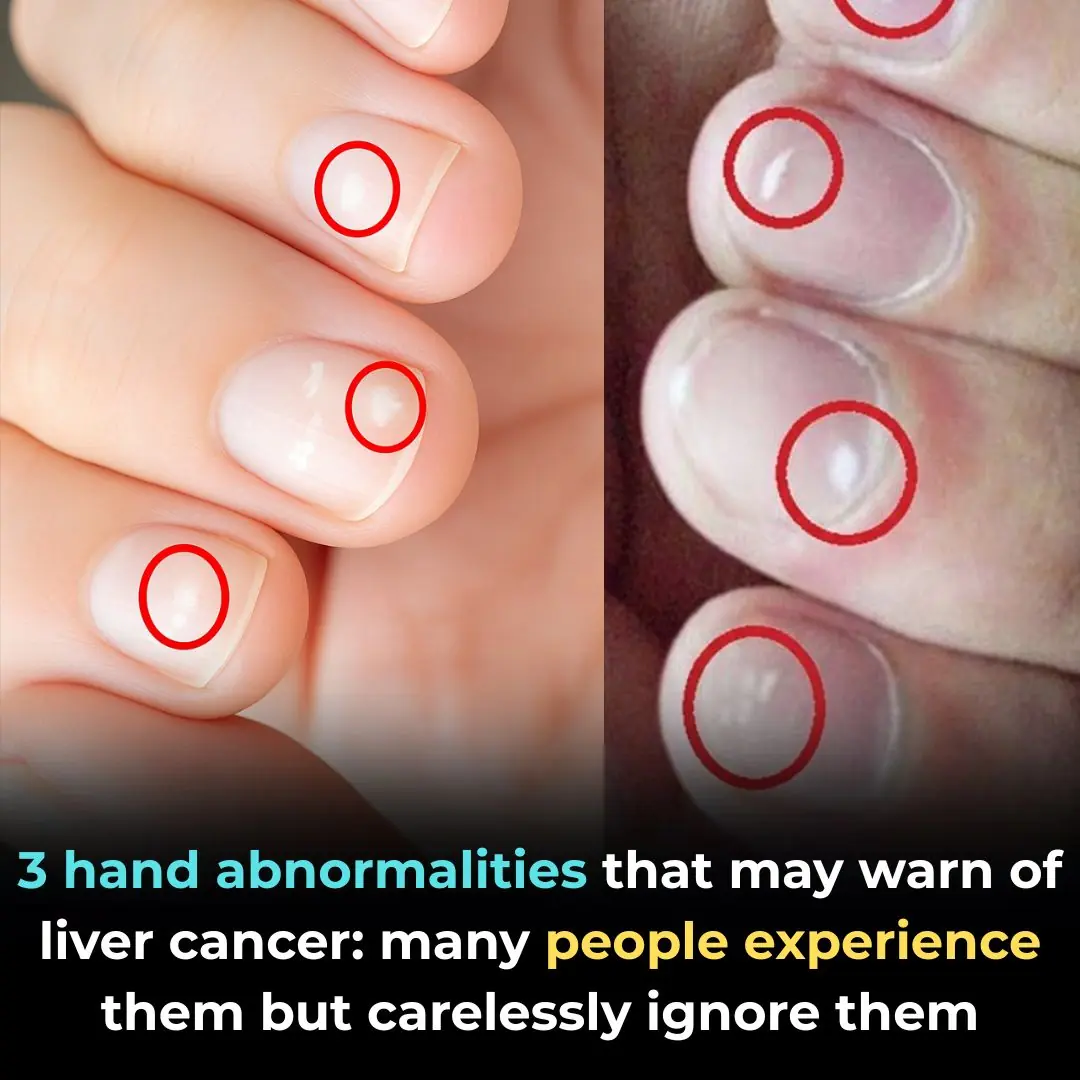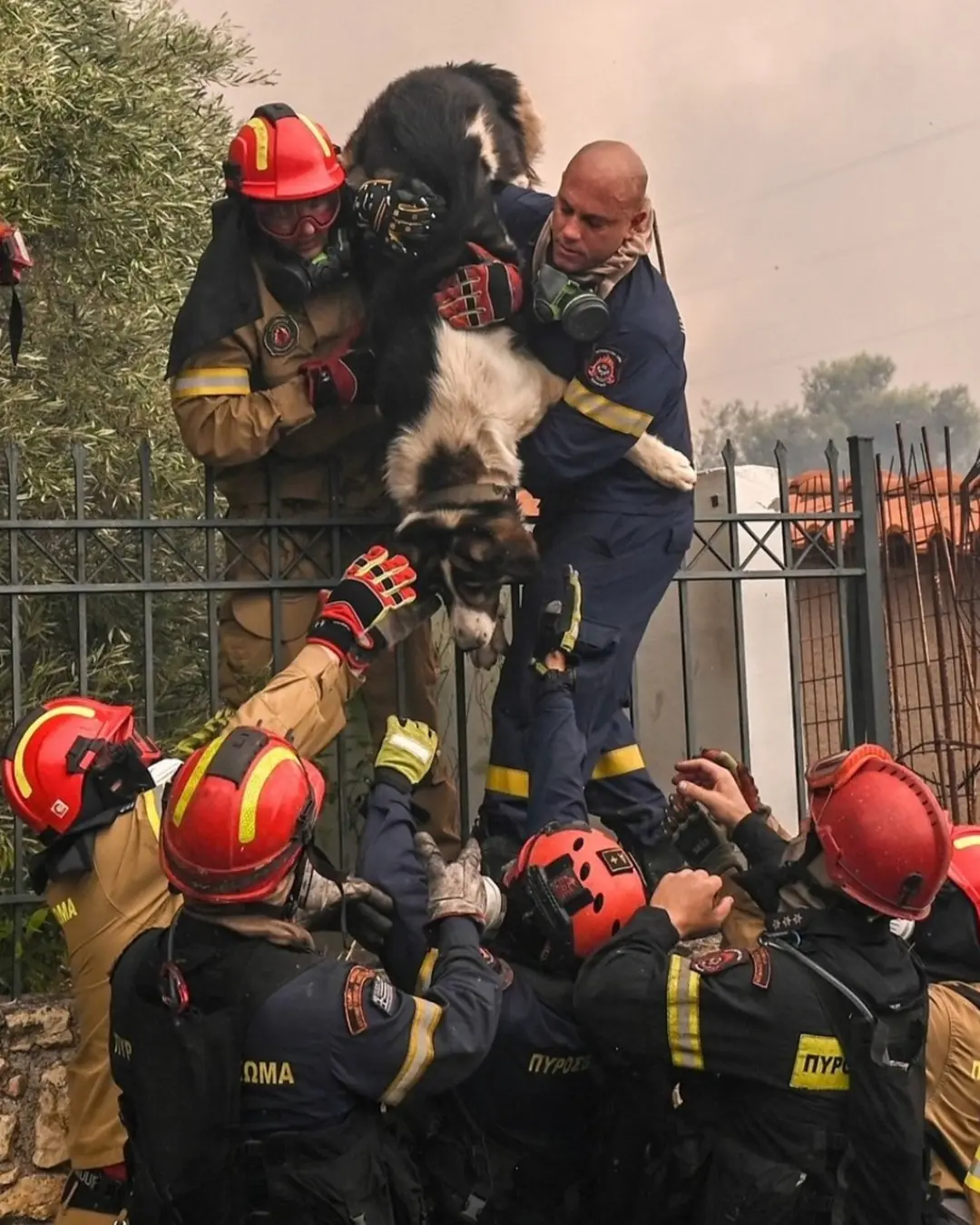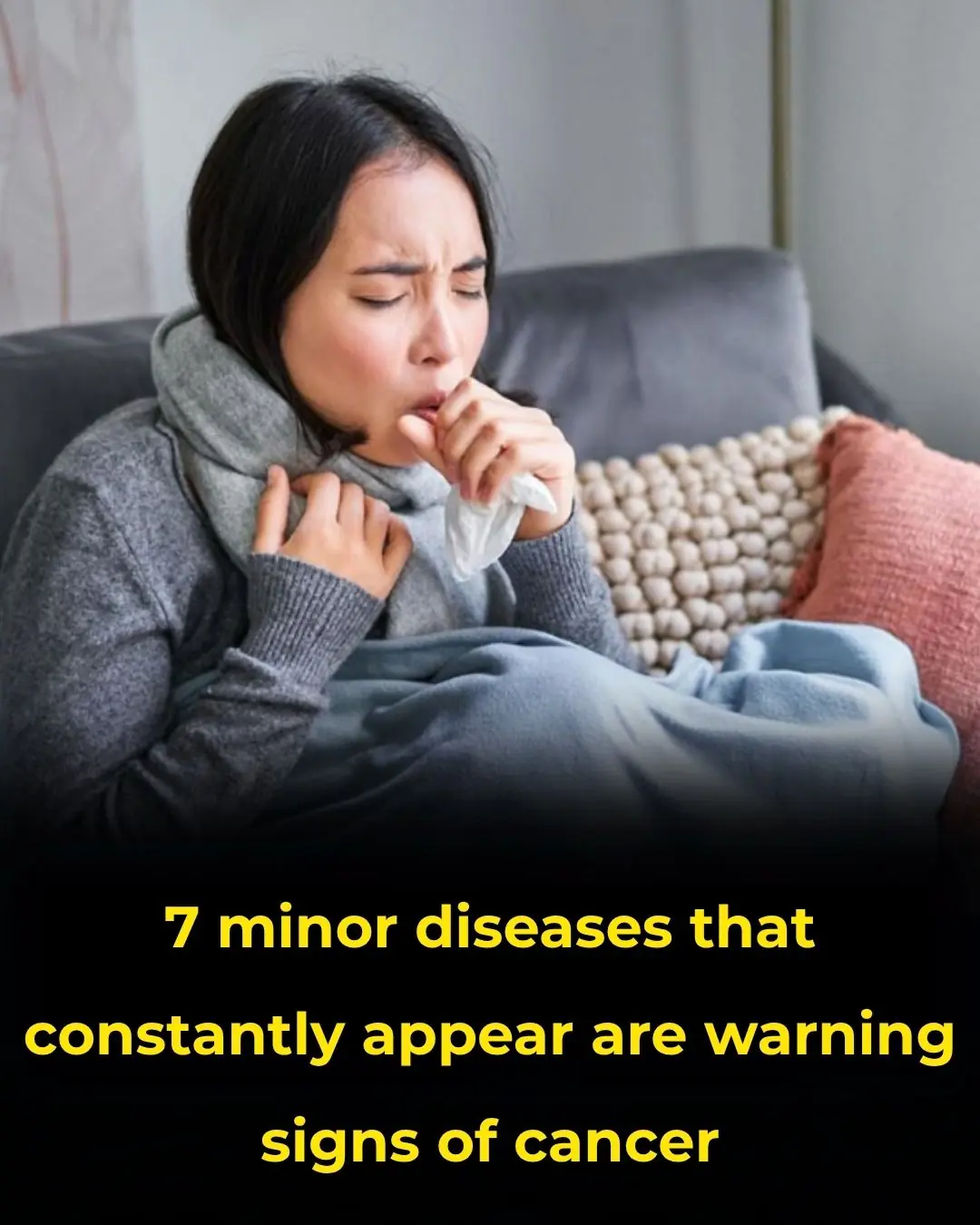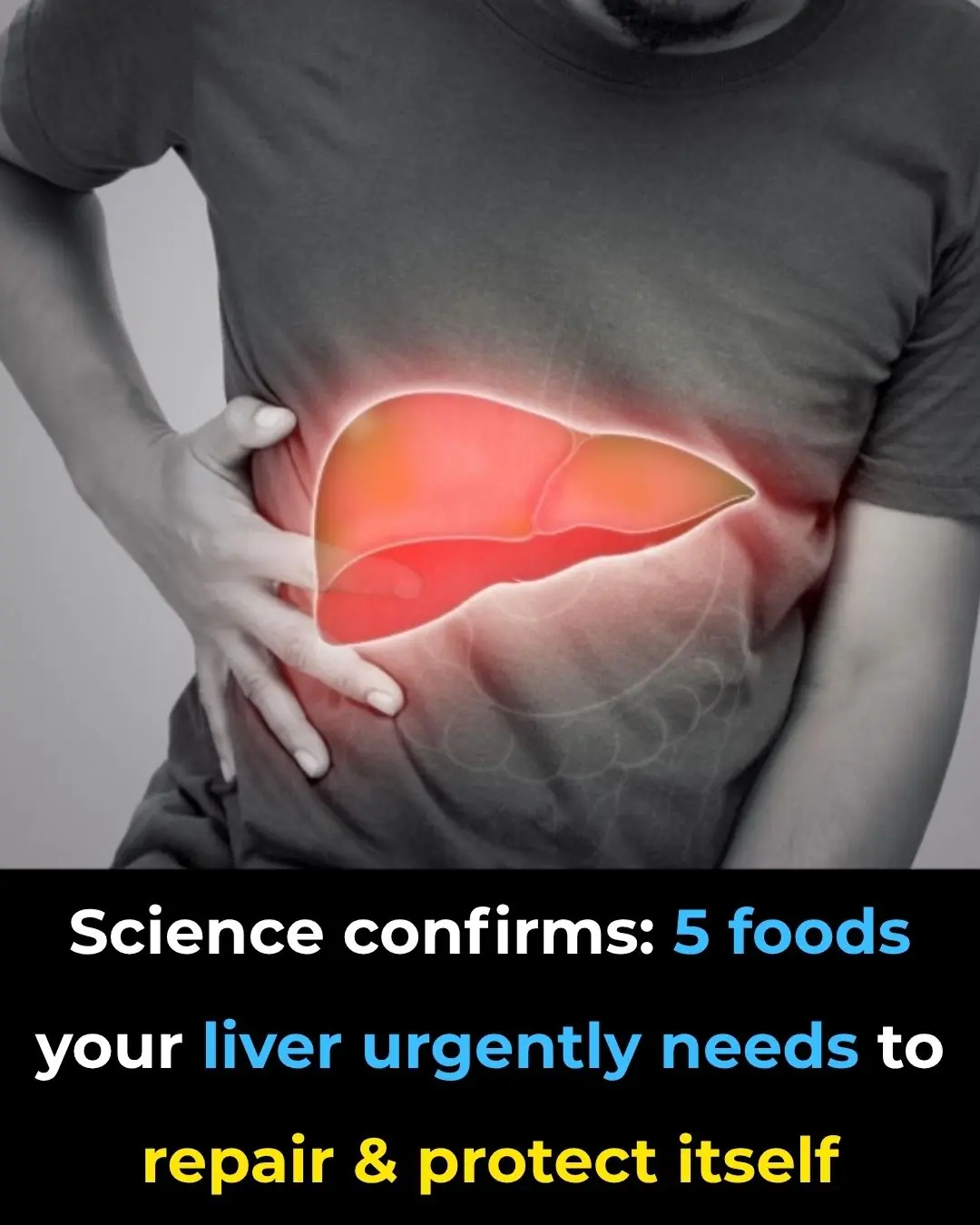
9 Early Warning Signs of Lung Cancer You Should Never Ignore
Lung cancer is one of the most common and deadliest cancers worldwide. It begins in the lungs — the vital organs that exchange oxygen and carbon dioxide — and can spread rapidly before symptoms become obvious.
When detected early, treatment can be highly effective. Unfortunately, most cases are only diagnosed at an advanced stage.
Here are nine early signs of lung cancer that you should pay attention to — especially if you smoke or are exposed to secondhand smoke.
🧬 Types of Lung Cancer
Doctors classify lung cancer into two main types:
1. Non–Small Cell Lung Cancer (NSCLC) — ~85% of cases
Includes:
-
Adenocarcinoma: Originates in mucus-secreting glands in the outer lung. It’s now the most common type, even among non-smokers.
-
Squamous Cell Carcinoma: Develops in the larger airways, often linked to heavy smoking.
-
Large Cell Carcinoma: Grows and spreads quickly, often in any lung area.
2. Small Cell Lung Cancer (SCLC) — ~15% of cases
This form grows and spreads much faster than NSCLC, often reaching the brain, liver, or bones before diagnosis.
It’s almost always caused by smoking.
🚭 Tobacco is responsible for 80–90% of lung cancer deaths (CDC, 2024).
Quitting smoking — even after decades — dramatically reduces risk.
⚠️ 9 Early Symptoms of Lung Cancer
Even subtle, persistent changes in your body can signal something serious.
If any of these symptoms last more than 2–3 weeks, see a doctor immediately.
1️⃣ Persistent Cough That Doesn’t Go Away
A dry or phlegmy cough lasting longer than three weeks is one of the most common early warning signs.
If you notice worsening intensity, changes in sound, or coughing up blood-streaked mucus — don’t ignore it.
2️⃣ Shortness of Breath (Dyspnea)
When tumors block airways or cause fluid buildup, it becomes harder to breathe normally.
You might feel winded after climbing stairs or even at rest.
Cleveland Clinic notes that early shortness of breath in smokers is a strong predictor of lung function loss or tumor obstruction.
3️⃣ Coughing Up Blood (Hemoptysis)
Even a small amount of blood in sputum is alarming.
This may result from small ruptured blood vessels or a growing tumor in the airways.
Always seek medical attention for any sign of bloody phlegm.
4️⃣ Chest Pain or Tightness
Pain that worsens with deep breathing, coughing, or laughter could indicate lung involvement.
This happens when a tumor presses on nerves or chest walls.
Persistent chest discomfort without an obvious cause — even mild — should always be checked by a physician.
5️⃣ Hoarseness or Voice Change
A growing tumor can compress the recurrent laryngeal nerve, which controls your vocal cords.
If your voice becomes raspy, lower in pitch, or weaker over time, don’t assume it’s just a cold.
6️⃣ Wheezing or Whistling Breath Sounds
Partial blockage of the airways causes a whistling sound when breathing.
While asthma or allergies are common causes, new-onset wheezing in adults should raise suspicion of airway obstruction or tumor growth.
7️⃣ Unexplained Fatigue or Weakness
Cancer cells consume large amounts of the body’s nutrients, causing anemia, energy loss, and reduced immunity.
If you feel constantly tired despite enough rest, it may be more than just stress.
8️⃣ Unintentional Weight Loss
Sudden weight loss (5 kg or more within 2–3 months) without diet or exercise changes can signal cancer.
Tumors alter metabolism, reduce appetite, and cause nutrient malabsorption.
A 2017 study found that 34% of patients with lung or digestive cancers experienced significant pre-diagnosis weight loss, often linked to poorer outcomes.
9️⃣ Shoulder, Arm, or Eye Pain
Tumors near the top of the lung (Pancoast tumors) can invade nerves that affect the shoulder and eyes, causing:
-
Persistent shoulder or arm pain
-
Numbness or tingling
-
Drooping eyelids or smaller pupils on one side (Horner’s Syndrome)
If you notice any of these neurological or eye-related symptoms, seek immediate medical advice.
🩺 How Doctors Diagnose Lung Cancer
Early diagnosis greatly improves survival rates — up to 50% five-year survival if detected early (American Cancer Society, 2024).
Common diagnostic methods include:
-
Chest X-ray: Detects large masses or abnormal shadows.
-
CT Scan (Low-Dose): Identifies small nodules invisible on X-ray.
-
Bronchoscopy: Allows direct visualization and biopsy of airways.
-
Biopsy / Pathology Tests: Confirms cancer type and genetic markers.
-
Blood & Tumor Marker Tests: Evaluate cancer-related proteins (CEA, CYFRA 21-1, NSE).
🧠 Who Should Get Screened?
The U.S. Centers for Disease Control and Prevention (CDC) recommends annual low-dose CT scans for people who:
-
Are aged 50–80 years
-
Have a 20 pack-year smoking history (e.g., 1 pack/day × 20 years)
-
Are current smokers or quit within the last 15 years
-
Have a family history of lung cancer
-
Work in environments exposed to asbestos, diesel fumes, or radiation
🌱 Prevention Tips
While not all cases can be prevented, these steps greatly reduce risk:
✅ Quit smoking and avoid secondhand smoke
✅ Maintain clean air and good ventilation
✅ Wear masks in dusty or chemical-heavy environments
✅ Eat plenty of fruits and vegetables (rich in antioxidants)
✅ Exercise regularly and get periodic health check-ups
❤️ The Takeaway
Lung cancer develops silently — but it doesn’t have to be invisible.
Recognizing subtle, persistent signs early can save your life or a loved one’s.
If you experience chronic cough, chest pain, or unexplained fatigue, don’t delay.
Schedule a medical examination — early detection means higher survival, better treatment, and a healthier future.
News in the same category


Baileigh Sinaman-Daniel Makes NCAA History as First One-Armed Women’s Basketball Player to Score in a Game

California Teen Goes From Compton To Harvard To Oxford As A Rhodes Scholar

Meet The 26-Year-Old Who Became A Rocket Scientist After She Was Enrolled In An Honors Math Class By Mistake

26-Year-Old Entrepreneur Makes History As Owner Of First Black Woman-Owned Tequila Brand In Texas

Michelle Obama & Brother Craig Robinson to Launch New Podcast Giving Their Opinions on Everyday Life

Lori Loughlin Could Get Nothing From 1997 Prenup That Shields Designer Husband’s $100M Fortune

20-Year-Old Man Suffers Acute Kidney Failure After Eating 30 Grilled Oysters — Doctors Reveal the Shocking Cause

How to Clean Moldy Refrigerator Gaskets — Sparkling Clean in Just 5 Minutes

Elon Musk's ex Grimes reveals controversial face tattoo she spent 10 years 'emotionally' working up to

Justin Bieber announces 'wild' tech career move that could earn him millions

3 Unusual Signs on Your Hands That Could Signal Liver Cancer

I Just Learned That Adding a Drop of Medicated Oil to Laundry Water Has So Many Benefits

The Unexpected Power of Medicated Oil: What Happens When You Stick a Cotton Swab Inside the Bottle

Warning Signs You Should Never Ignore: When These Symptoms Appear, See a Doctor Immediately — It Could Be Late-Stage Nasopharyngeal Cancer

Why You Should Always Keep a Small Bottle of Medicinal Oil in Your Bathroom

Truth behind K Pop star's bizarre $4.5 quadrillion 'lawsuit' making her richer than Elon Musk

Calls for chess Grandmaster to be permanently banned after he 'harassed' 29-year-old champion weeks before death

8 Natural, Science-Backed Ways to Beat Motion Sickness — No Pills Needed
News Post

Angel the Traveling Cat Launches Global Campaign: “We Are Not Baggage, We Are Living Beings”

The Tie of Humanity: When a Simple Gesture Bridges Two Lives

A Lesson in Compassion: How One Encounter Changed My Perspective

“Yes, I Want Her”: A Mother’s Powerful Response and a Daughter’s Journey of Belonging

Robert Redford and the Lessons of the Horse Whisperer.

Heroes in the Flames: The Firefighters Who Saved More Than Lives.

When Hopscotch Became a Miracle.

The Puppies in the Box: A Story of Rescue and Second Chances.

When Rescue Becomes Family: The Story of Baby Joy and KT.

A Mother’s Worst Fear—and a Community’s Relief.

How to Get Rid of Constipation: The Best Home Remedies That Really Work

If mice appear in the house, it means that...

7 Common Health Issues That Keep Appearing Could Be Early Warning Signs of Cancer

Small Life Hacks That Can Be Life-Saving

How to Sharpen Dull Scissors Without a Sharpening Stone: Simple and Effective Method

The Best Scientifically Proven Foods to Cleanse Your Liver

Flush the toxins silently damaging your kidneys — with these 13 powerful cleansing foods

The Best Natural Gout Treatments: Remove Uric Acid Crystallization To Prevent Gout And Joint Pain

4 things your hands could be telling you about the health of your kidneys
